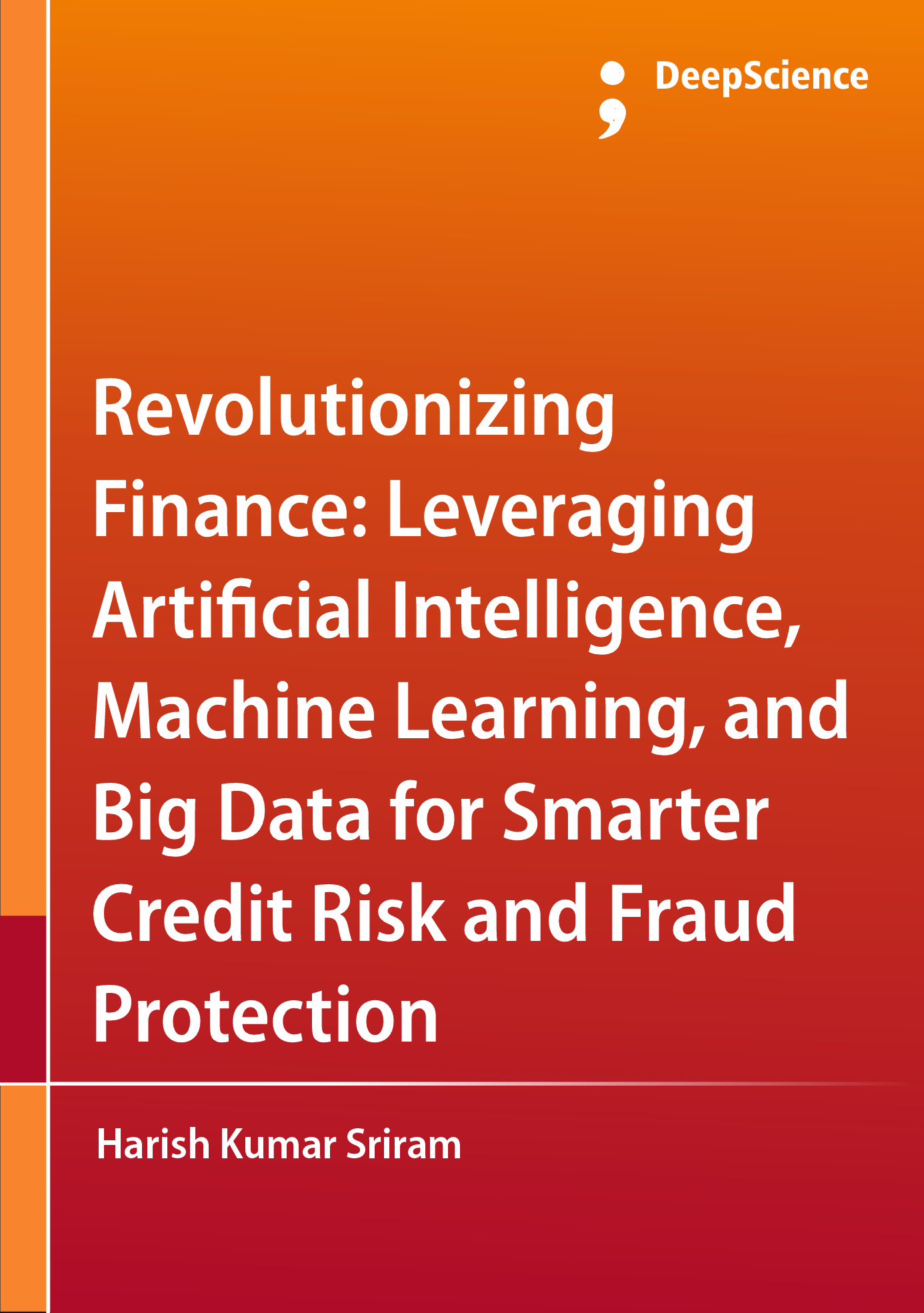Machine learning in action: Predictive power in credit and risk models
Synopsis
Machine learning has, in recent years, become one of the most important developments in the world of technology and big data. Computers process and store large amounts of structured and unstructured data. Machine learning methods can allow computers to sift through and classify this data, recognize patterns, and make predictions or decisions based on those patterns. These methods can help in a wide variety of decision-making problems: they do not need detailed theory about the underlying process, and they can identify subtle and complex interactions. Cutting through all the hoopla and hyperbole surrounding machine learning, it is possible to identify a few simple use cases that account for most of the successful applications of ML. Generally, almost all machine learning revolves around four important steps: (1) choose representation or feature set, (2) choose a model, (3) choose a loss function, and (4) choose an optimization algorithm.
In financial services, the use of machine learning has become widespread. Consumer and commercial lenders, payment card issuers, investment banks, and asset management companies all use machine learning to some degree to answer a broad range of questions. These range from predicting which consumers are likely to pay back a loan, identifying which suspects are likely to be engaged in money laundering, recognizing which transactions are likely to be fraud, classifying consumer and small business loans that should be sold, trading on opportunities in the market, and optimizing consumer collections when a loan has gone into default. Companies that do not use advanced analytics methods like these in their risk and marketing operations have long been recognized as leaving money on the table. But today, many of the most sophisticated players are relying on ML not only to extract more data from their current operations but also to do things that were impossible before because of the volumes of data that must be collected, processed, and understood to complete.













